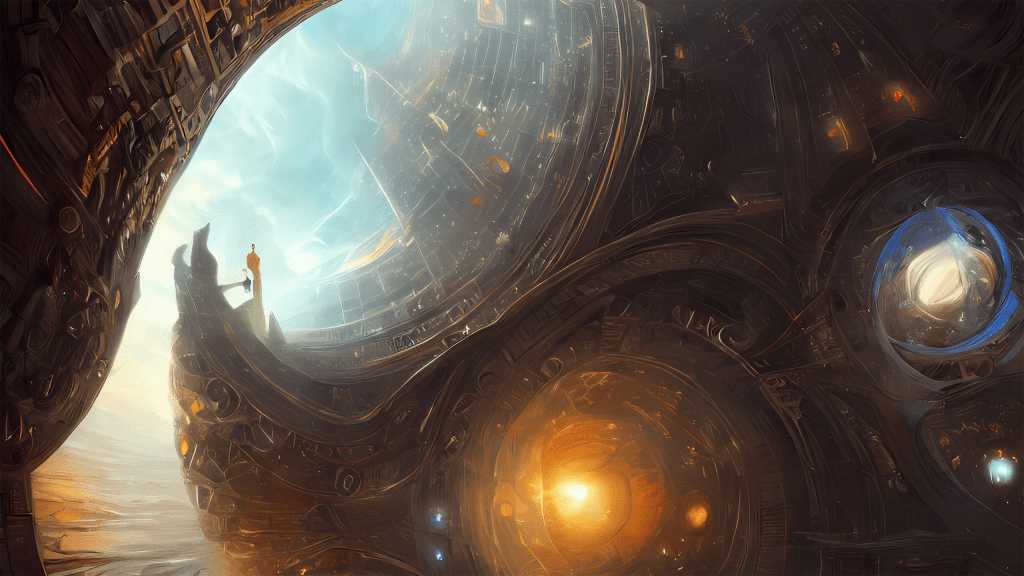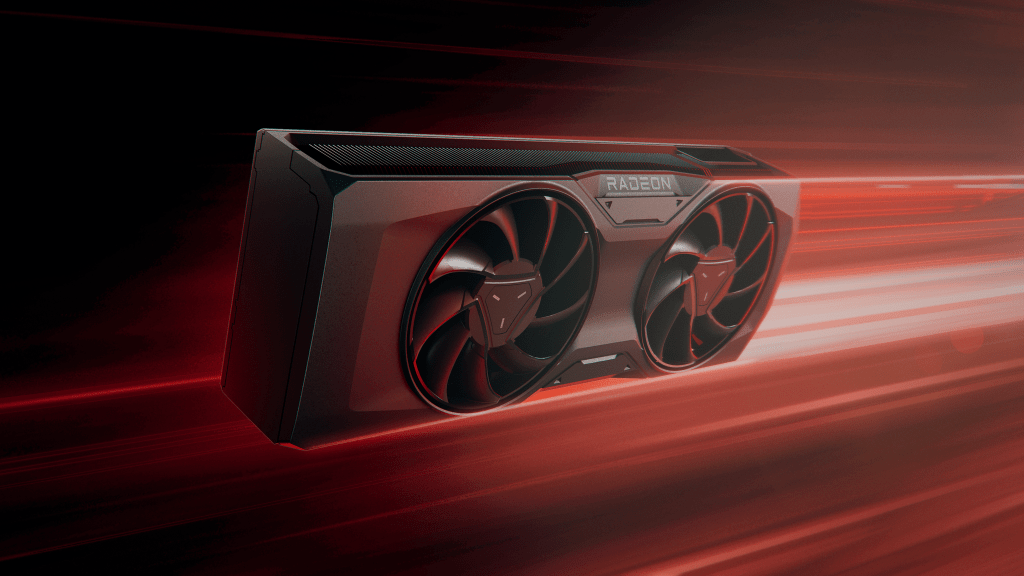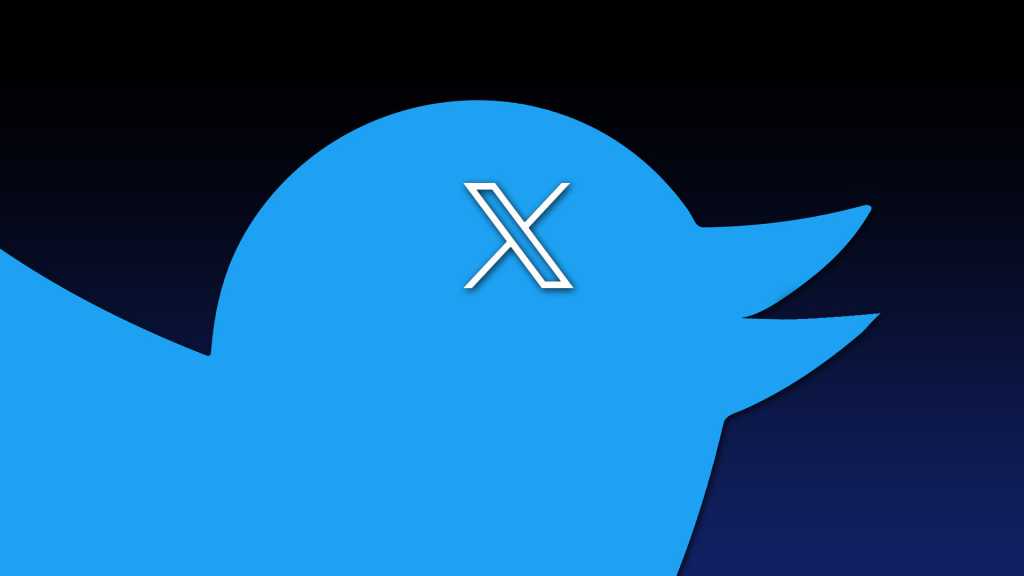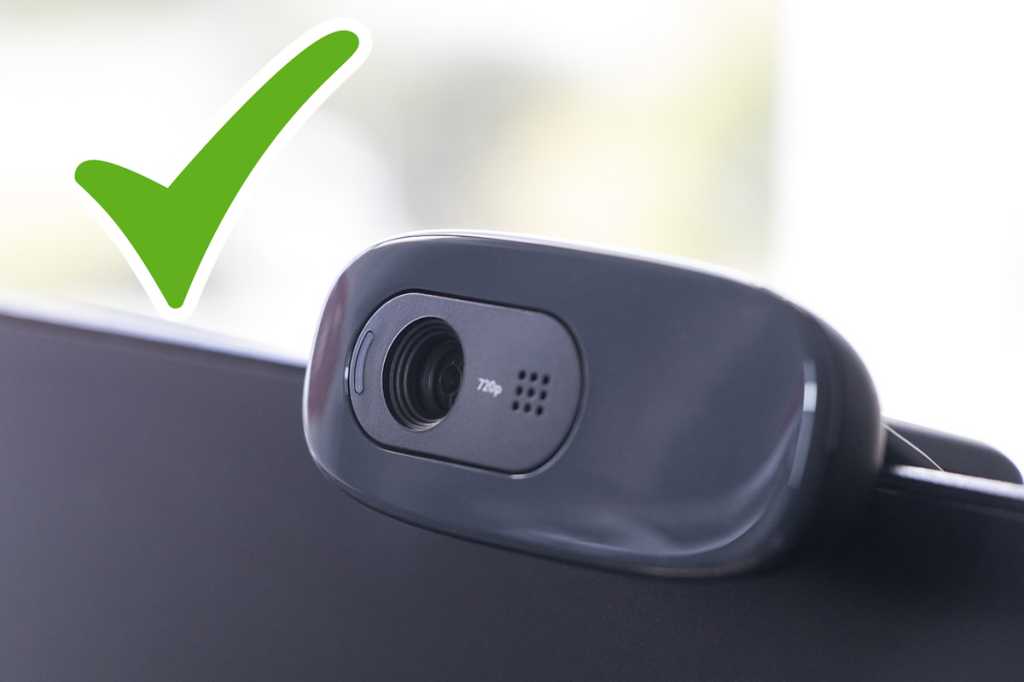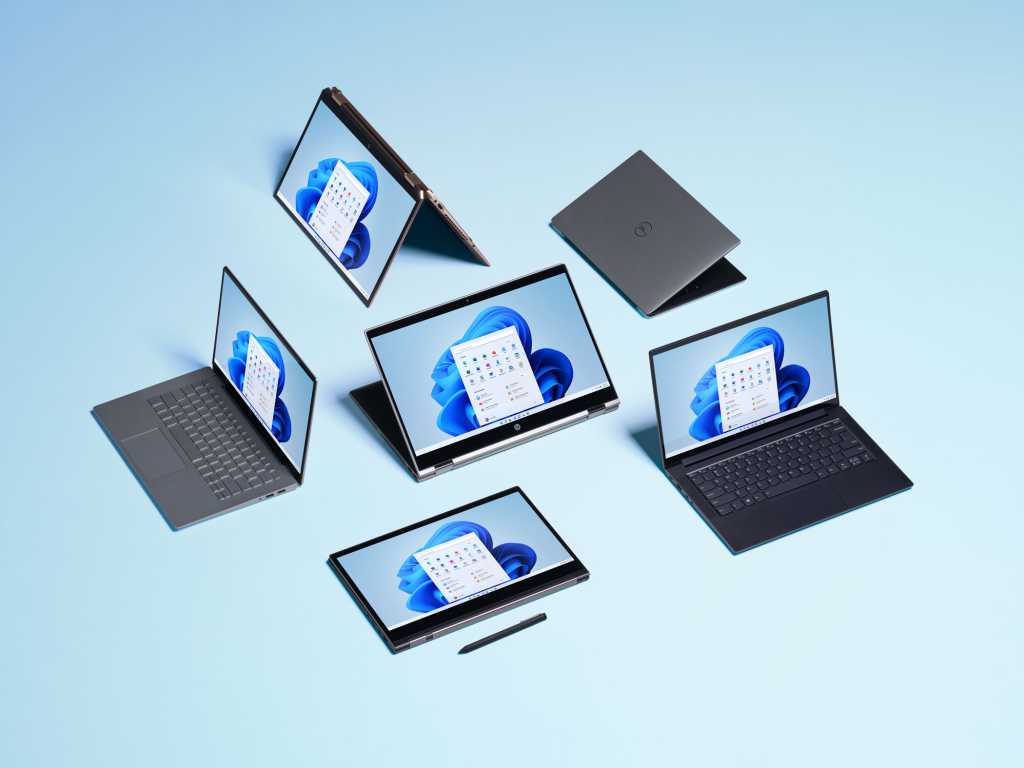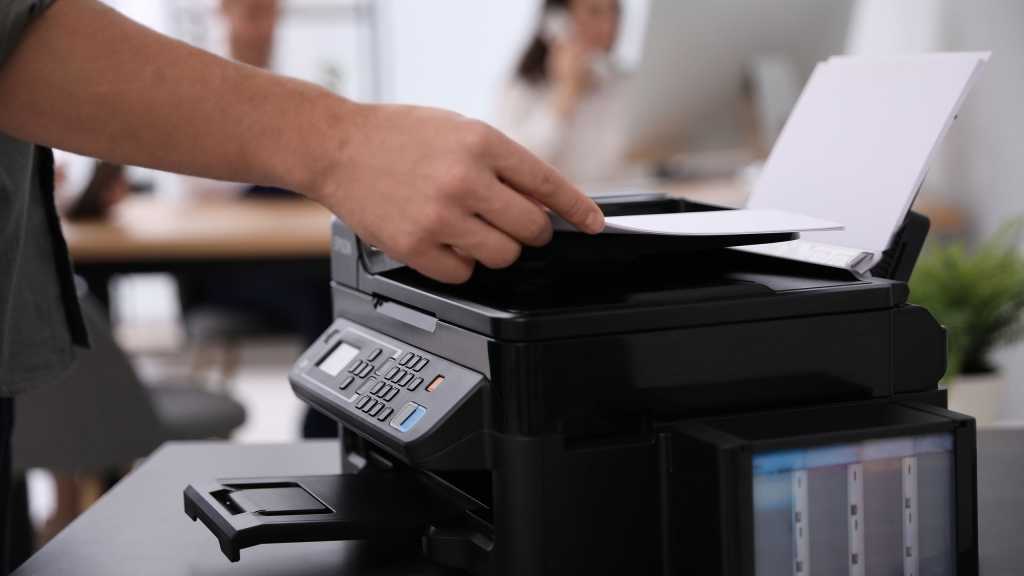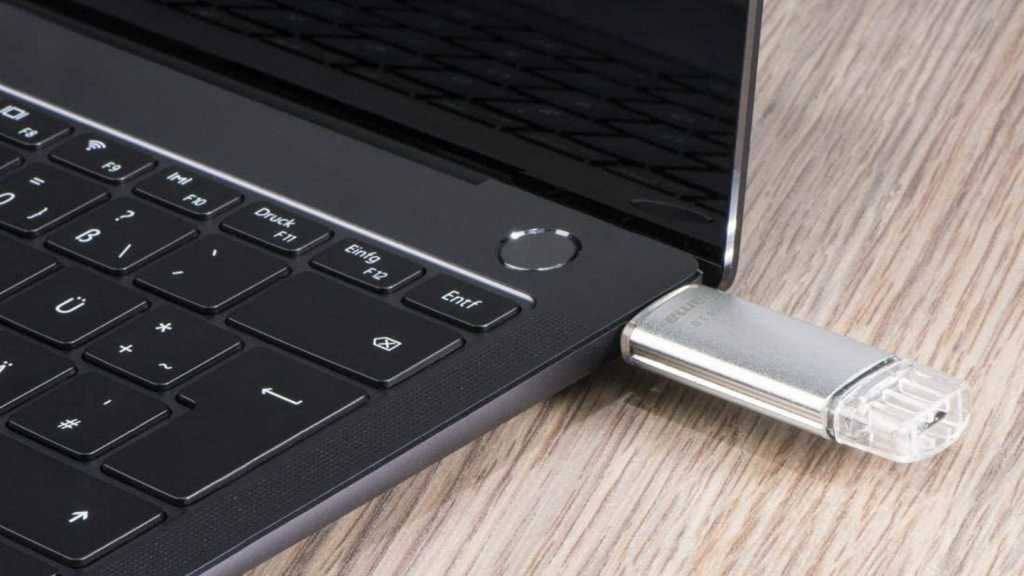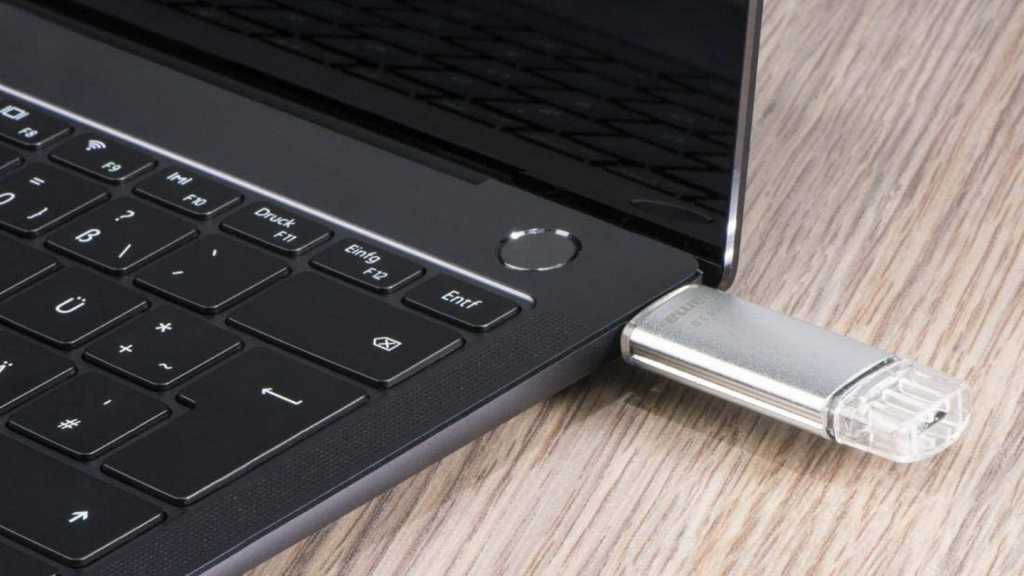AI image generators have taken the digital world by storm, showcasing the incredible advancements in deep learning. From the early days of Deep Dream’s abstract imagery to the near photorealistic outputs of Dall-E 2, Midjourney, and DreamStudio, the progress is undeniable. Now, this power is accessible on your own PC with Stable Diffusion, a free and open-source software developed at LMU Munich by the CompVis research group in collaboration with external partners and Stability AI. This article provides a comprehensive guide to using Stable Diffusion on your PC, focusing on two powerful tools: NMKD Stable Diffusion GUI and Automatic 1111.
Stable Diffusion: Powering AI Art on Your PC
Stable Diffusion, like Dall-E and Midjourney, utilizes a text-to-image parser. This AI-powered parser interprets your text descriptions (prompts) and generates corresponding images by drawing upon its trained models. The training data is derived from LAION-5B, a massive, publicly accessible dataset of 5.85 million image-text pairs, licensed under Creative Commons. This article explores two Windows applications that harness the power of Stable Diffusion: NMKD Stable Diffusion GUI and Automatic 1111. Both require robust hardware: a modern Nvidia or AMD graphics card with at least 8GB of VRAM and 16GB of RAM are recommended for optimal performance.
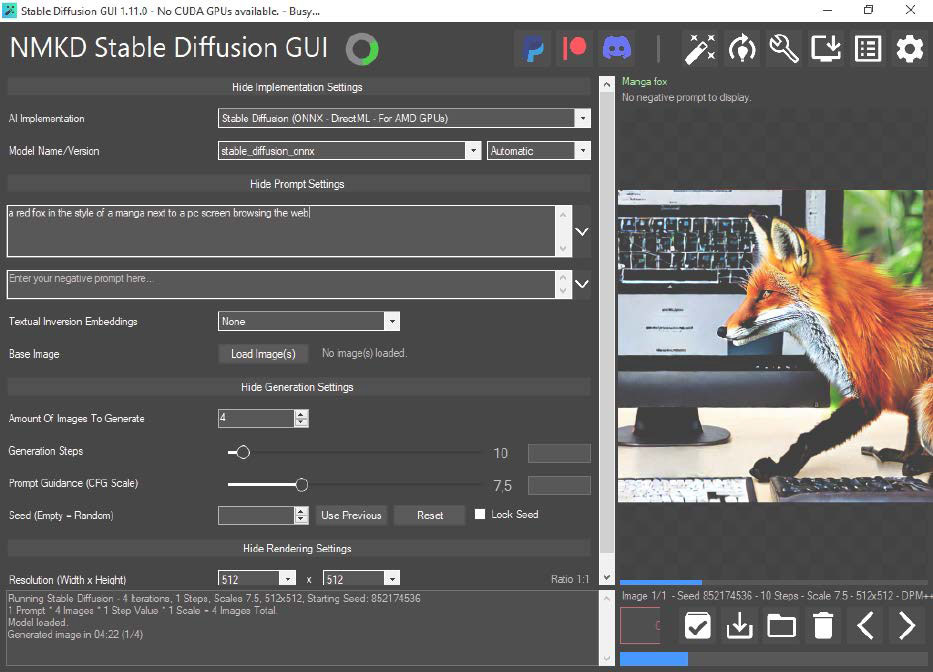 Complete package: NMKD Stable Diffusion GUI offers Windows users a comparatively simple start, because it provides an installer for all components of Stable Diffusion as an image generator.NMKD Stable Diffusion GUI offers a streamlined installation process.
Complete package: NMKD Stable Diffusion GUI offers Windows users a comparatively simple start, because it provides an installer for all components of Stable Diffusion as an image generator.NMKD Stable Diffusion GUI offers a streamlined installation process.
NMKD Stable Diffusion GUI: A User-Friendly Approach
Released under the OpenRAIL license, Stable Diffusion’s open-source nature has led to the development of locally installable versions, offering greater freedom and control over image generation. NMKD Stable Diffusion GUI simplifies the installation process on Windows, making it accessible even for those unfamiliar with Python and its modules. The developer offers two installation packages (with and without the 3GB model data), both available as 7z archives requiring 7-Zip for extraction. The full package expands to approximately 7.6GB.
Getting Started with Nvidia and AMD GPUs
For Nvidia users with a 4GB graphics card and the latest drivers installed, getting started is straightforward. Stable Diffusion is optimized for Nvidia’s CUDA interface, enabling efficient computation on the GPU. Launch StableDiffusionGui.EXE to access the user interface. The log display confirms CUDA utilization. Built-in update functionality simplifies staying up-to-date with the latest version.
AMD users (6GB VRAM minimum) require additional steps. The provided model isn’t directly compatible and requires conversion or, preferably, downloading a pre-configured ONNX model (3.5GB) from the NMKD developer. Place the stable_diffusion_onnx folder within the “ModelsCheckpoints” subdirectory. Within the settings (cogwheel icon), select “Stable Diffusion (ONNX – DirectML – For AMDGPUs)” and refresh the model list to select the installed ONNX model.
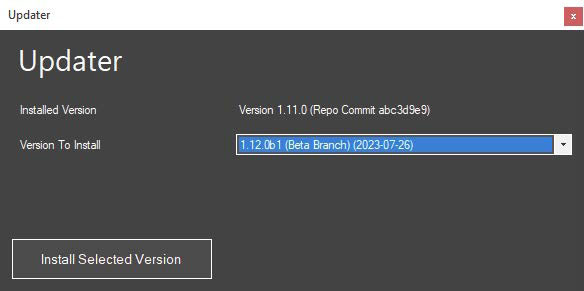 Update: Do not despair if NMKD does not produce any results at first. The built-in updater fetches new, mostly bug-fixed versions onto the computer.Stay updated with NMKD’s built-in update feature.
Update: Do not despair if NMKD does not produce any results at first. The built-in updater fetches new, mostly bug-fixed versions onto the computer.Stay updated with NMKD’s built-in update feature.
Image Generation: Mastering Prompts
NMKD’s interface is intuitive, featuring a prominent prompt input field. Describe your desired image in detail, preferably in English, to leverage the full extent of the model’s training data. A second field allows specifying elements to exclude from the image. “Textual Inversion Embedding” lets you further guide the AI with example images. Key parameters include “Generation Steps” (detail level), “Prompt Guidance CFG Scale” (adherence to the prompt), and “Resolution” (output image size). Higher resolution and generation steps increase processing time.
Crafting Effective Prompts: Tips for Success
Precise and descriptive prompts are crucial for achieving desired results. Experimentation is key, but consider adding style specifications like “photorealistic” or referencing specific artists (“painting, in the style of Botticelli”).
Automatic 1111: Advanced Features and Browser Access
Automatic 1111 provides a more advanced web-based interface for Stable Diffusion. The installer simplifies the setup of Python and necessary modules. After installation, launch “A1111 (WebUI)” to access the starter and select options like “Low VRAM” for systems with limited VRAM. The interface is then accessible locally via a browser or remotely within your network.
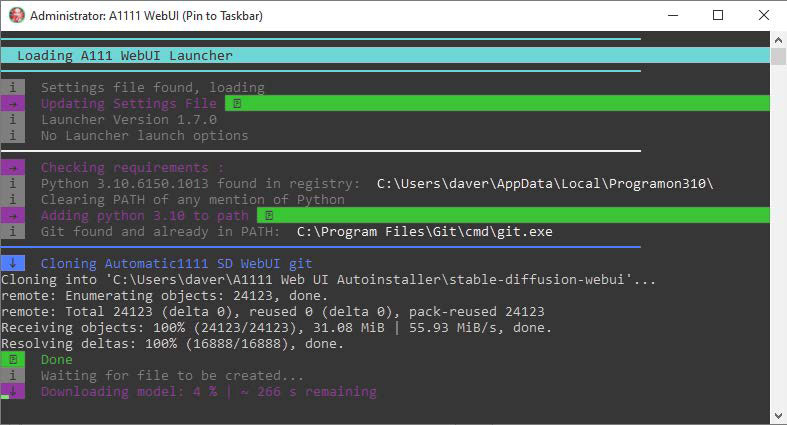 Transparent installation: Automatic 1111 is also available as a Windows installer in the form of a few Python and Powershell scripts that show what they do in a command prompt window.Automatic 1111 provides a transparent installation process.
Transparent installation: Automatic 1111 is also available as a Windows installer in the form of a few Python and Powershell scripts that show what they do in a command prompt window.Automatic 1111 provides a transparent installation process.
 Another approach: Automatic 1111 wants to be operated via browser. To do this, this starter starts a web server that is included in the delivery and opens its address on the local host.Automatic 1111’s web interface allows for remote access and control.
Another approach: Automatic 1111 wants to be operated via browser. To do this, this starter starts a web server that is included in the delivery and opens its address on the local host.Automatic 1111’s web interface allows for remote access and control.
AMD users need to execute a specific command in the command prompt and modify the webuiuser.bat file to add specific arguments before launching the web interface.
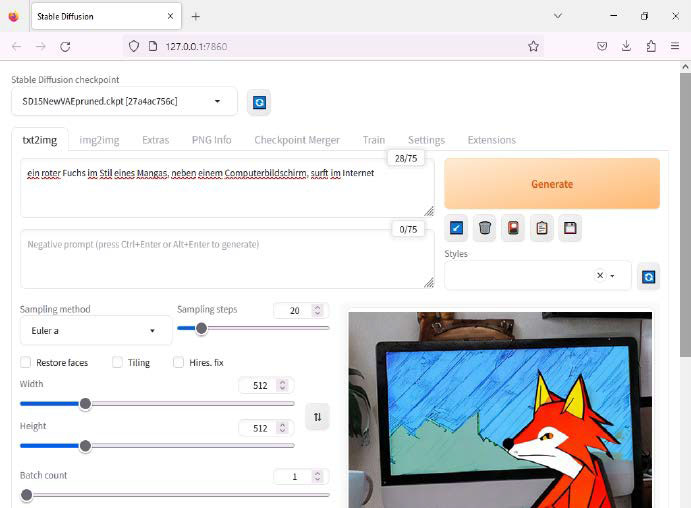 Many options for advanced users: If you want more options for fine-tuning, you will find them in Automatic 1111, for example to influence the image style with the “Sampling method”.Automatic 1111 offers advanced customization options.
Many options for advanced users: If you want more options for fine-tuning, you will find them in Automatic 1111, for example to influence the image style with the “Sampling method”.Automatic 1111 offers advanced customization options.
Stable Diffusion Licensing: Understanding the Permitted Uses
Stable Diffusion’s “Creative ML Open RAIL-M” license allows for both private and commercial use of generated images, with certain restrictions. Prohibited uses include violating local laws, creating misinformation, generating discriminatory or offensive content, providing medical or legal advice, and law enforcement profiling.
Conclusion
Stable Diffusion empowers anyone with a sufficiently powerful PC to explore the exciting world of AI art generation. Whether you choose the user-friendly NMKD Stable Diffusion GUI or the more advanced Automatic 1111, the possibilities are vast. By understanding the nuances of prompt crafting and the software’s capabilities, you can unlock your creative potential and produce stunning AI-generated artwork.



